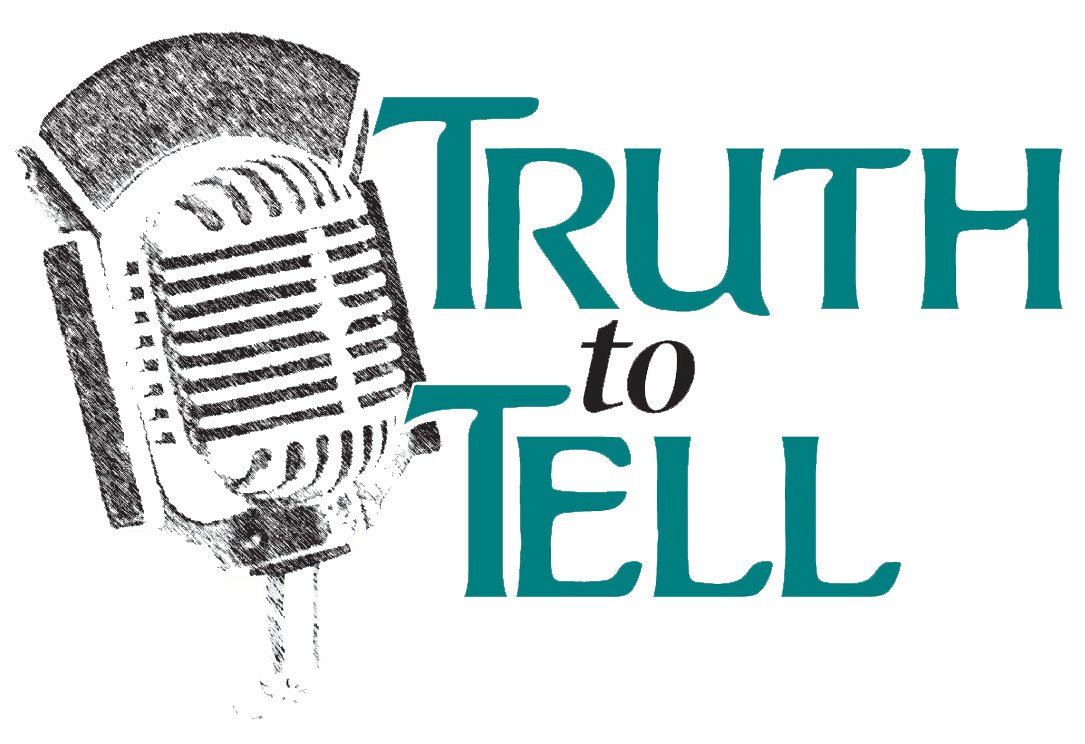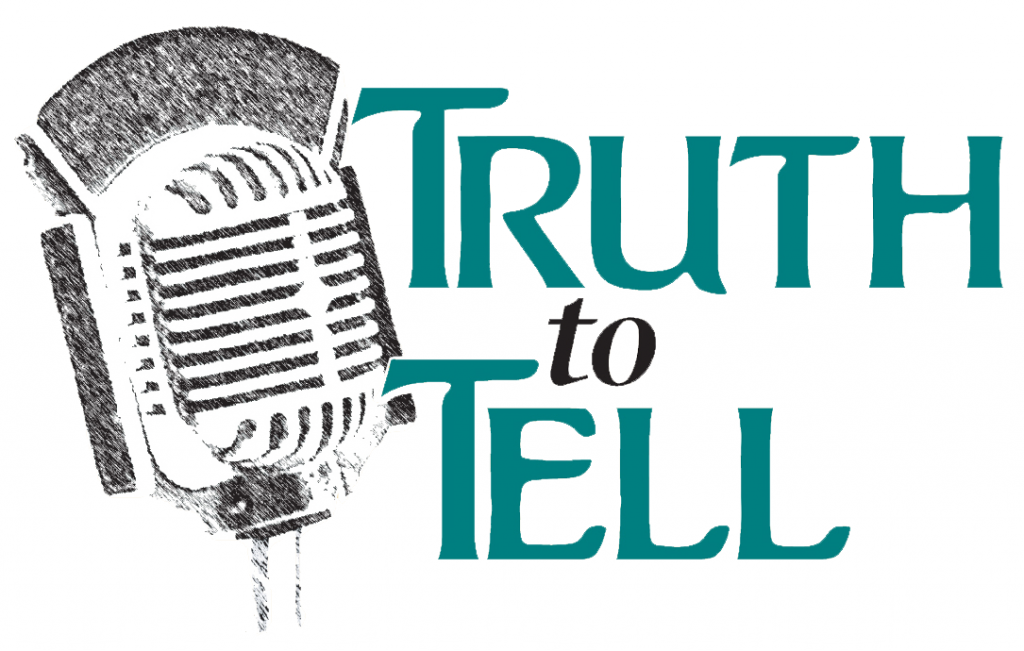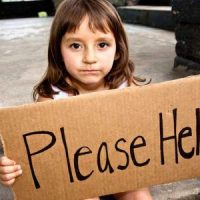TTT1232–Aug 6-ENCOREPoverty2012
ENCORE: We take you back to our April discussion of poverty’s grip on Minnesota and its devastating effects on people often blamed for being poor. This was an important discussion with people on the front lines of fighting poverty and the policymakers who would just as soon keep them that way. READ ON.
~~~~~~~~~~~~~~~~~~~~~~~~~
HELP US BRING YOU THESE IMPORTANT DISCUSSIONS OF COMMUNITY INTEREST – PLEASE DONATE HERE!
~~~~~~~~~~~~~~~~~~~~~~~~~~~~~~
The baffling thing about poverty, like other societal maladies, apparently, is that, despite the dry, old statistics showing incredible increases in poverty, the decline in median incomes, the rise in homelessness and the decline in public assistance, the increase in foreclosures and the plunge in property values – the gap widens – and the people in power really don’t seem to give a damn.
What is it going to take – a complete collapse (as if we’re not already witnessing one) of our economic infrastructure before middle-class suburbanites take up arms against The Man and find themselves in the same place as the poor and people of color have been for decades – on the business end of a police officer’s 9mm Glock or Billy-club, a pepper-spray can or tear-gas canister for their trouble?
Perhaps. Then again, perhaps, that will be the only time a march on the banks and politicians will yield some results and policies will change and wealth will be shared.
But, leave us not hold our breath.
Average citizens/residents are feeling the pinch created by people and institutions who literally could care less – because they seem to have no depths to their lack of caring.
Poverty is NOT one of those conditions that will get better by the pulling up of bootstraps. Poverty is a societal disease that needs a major injection and infusion of capital – real capital – money and other resources. Anything else is a punishment inflicted on people who have less than the people making the decisions and who spend much of their legislative or administrative time and capital denying others their fair share of a pie they keep shrinking.
How bad is it?
Cynthia Boyd of MinnPost.com wrote last Fall:
Nationally, the poverty rate is 15.1 percent, while Minnesota ranks 13th lowest in the nation in numbers of those living below the poverty line ($11,344 for an individual or $22,113 household income for a family of four), but the state’s numbers have increased significantly from 2007-2008. The poverty rate then was 9.6 percent.
The effects play out in the state in concrete ways. Human Services Commissioner Lucinda Jesson told MinnPost last month that 104,000 more Minnesotans have signed on for food support this year compared to last.
And a September 2011 Minnesota Budget Project report comes this:
In 2009-2010, 560,000 Minnesotans lived in poverty, or roughly one out of ten state residents. That represents a 2.1 percentage point increase from 2006-07. Nationwide, 46.2 million people were in poverty in 2010.
Even more staggering, the preliminary numbers show that over the last decade, Minnesota’s median household income fell from $65,120 in 1999-2000 to $54,785 in 2009-2010, or by more than $10,000, after adjusting for inflation. Only Michigan experienced a larger decline in median income during the same period.
And, should anyone believe this is limited to the Metro – where many believe all “those people” live – this from Robb Murray of the Mankato Free Press:
John Woodwick, executive director of the Minnesota Valley Action Council in Mankato, said the number of people in the nine-county area served by MVAC rose from 16,292 in 2000 to 26,233 in 2009, an increase of 61 percent.
During the same period, federal and state funding for MVAC’s (poverty-related) services has decreased 21 percent on a per-person basis. In 2000, MVAC received a total of $793 in federal and state funds for every person living in poverty in the south-central Minnesota service area. By 2009, funding had decreased to $627 per person, according to MVAC’s annual budgets.
“We haven’t seen lately the massive layoffs we’ve seen in the last two years, but the new hires aren’t happening either,” Woodwick said. “And many people haven’t been able to locate work, especially not at what their previous wages were.”
The once-reliable Minnesota, Metro and regional foundations have cut their humans services funding, sometimes by half, even as many nonprofits and advocacy groups came to believe philanthropy would fill the gaps political types either created or refused to fill.
This year’s legislative session almost made a complete disaster of its humans services bill(s), but escaped some of the worst cuts tendered for passage by Republican bill sponsors, perhaps in the face of sure vetoes by Governor Mark Dayton. But, this is all relative, is it not?
TTT’s ANDY DRISCOLL and MICHELLE ALIMORADI talk with just three of the many Minnesota advocates whose ulcer-ridden work continues to be a war against the disproportionate impact of rightwing politics and a struggling economy that gives the policymakers the excuse to cut further into the lives of the people they blame for being poor: the poor themselves.
Katherine Wagoner, Executive Director, Affirmative Options Coalition
Angel Buechner – Co-Chair, Welfare Rights Committee
Nancy Maeker – Executive Director, A Minnesota Without Poverty
ADDITIONAL STATS
1 in 10 Minnesotans miss an average of 10 meals a month (that is 100 million missing meals every year).
1 in 4 women over 16 years of age is experiencing poverty in Minnesota
2010 food shelf visits in Minnesota: 3 million visits statewide.
37.2% of African Americans and 39.5% of American Indian Minnesotans are living in poverty.
599,000 individuals are experiencing poverty in Minnesota.(2010 US Census bureau)
A family of four living in greater Minnesota would need to make $12.56/hour per worker to meet basic needs.
Minnesota children living in poverty: 192,000 (15.2%) – this is a 62% increase since 2000.
Minnesota minimum wage is $6.15 an hour, the federal minimum wage is $7.25.
Number of homeless individuals in Minnesota: 13,100 on any given night (47% are age 5 and under).
Poverty rate among African Americans in Minnesota is the 3rd highest in the nation.
The 2011 Federal Poverty Guideline for a family of four is $22,350.
PBS talk show host Tavis Smiley said on “Face the Nation” and other show, including Bill Moyers’, that poverty in America “threatens our very democracy,” and that it threatens our national security.
Smiley and Princeton Professor Cornel West, co-authors of the new book The Rich and the Rest of Us (Smiley Books), talked to host Bob Schieffer about how half of Americans – 150 million people – are poor, which they defined as living one or two paychecks away from poverty.
“There seems to be a bipartisan consensus in this town – and you know how hard that is to do – but a bipartisan consensus that the poor just don’t matter, that poverty is just not an important issue,” Smiley said. “We cannot abide another campaign for the White House where the issue of poverty isn’t raised higher on the American agenda.”



